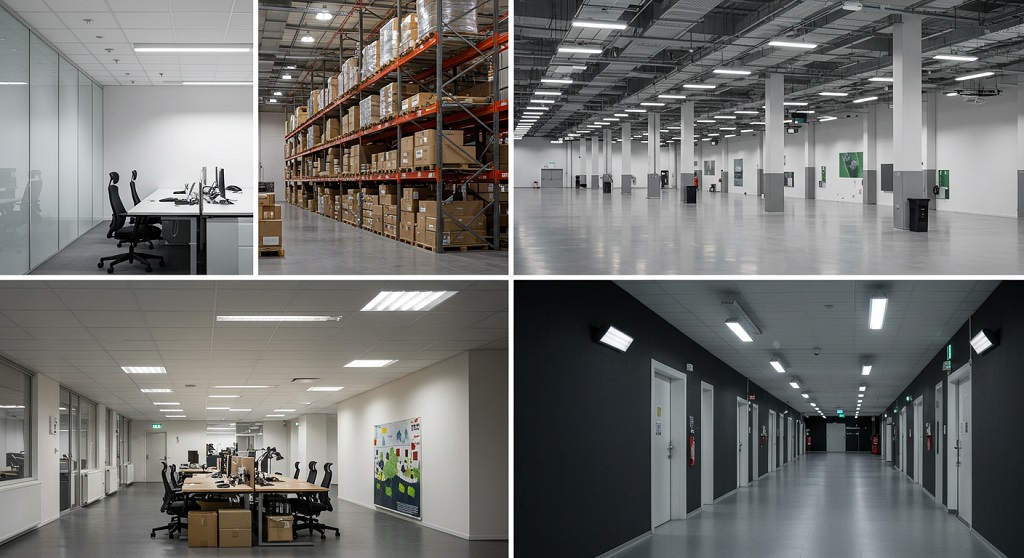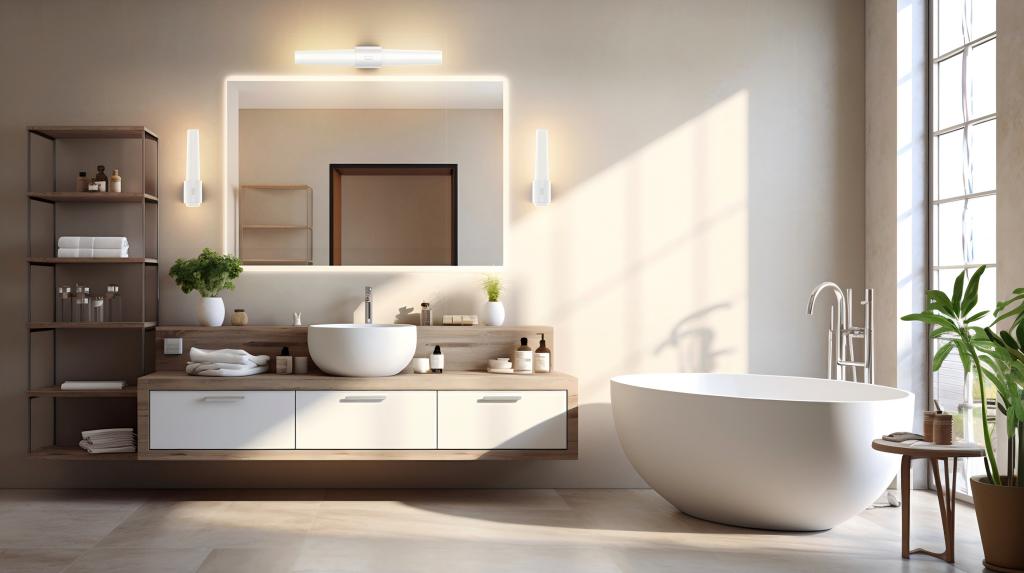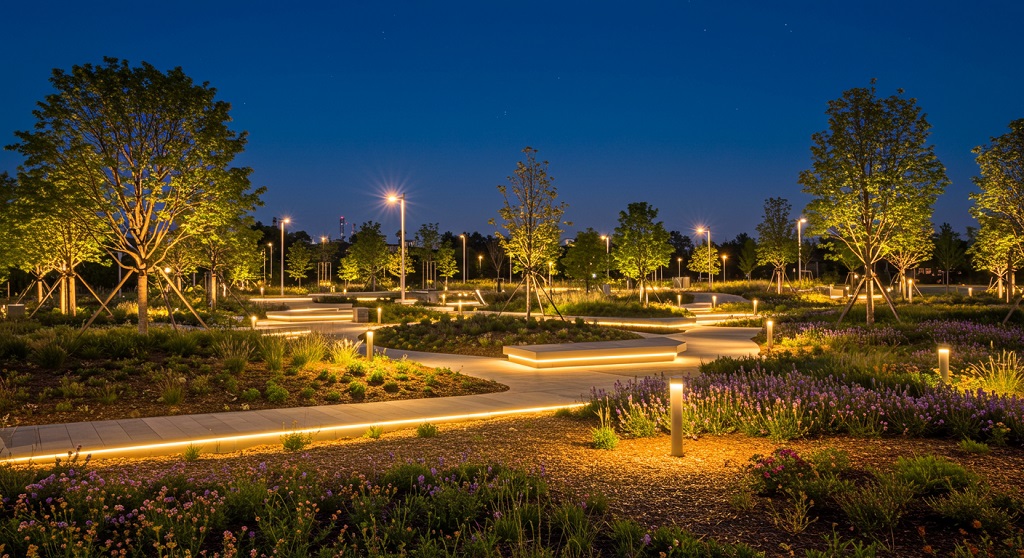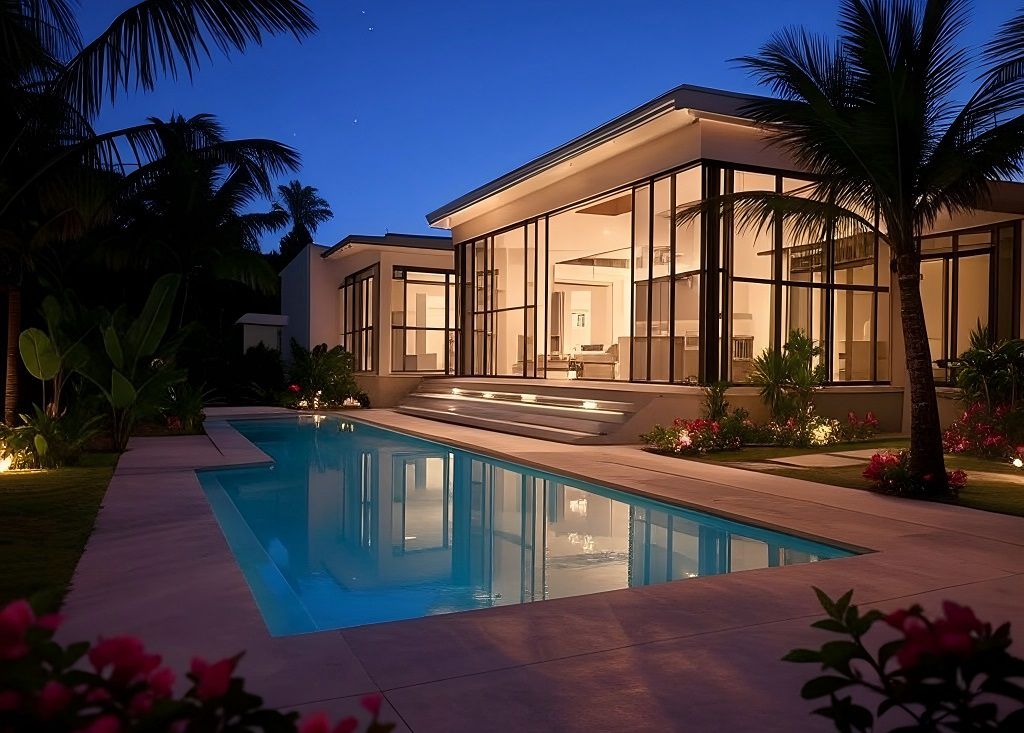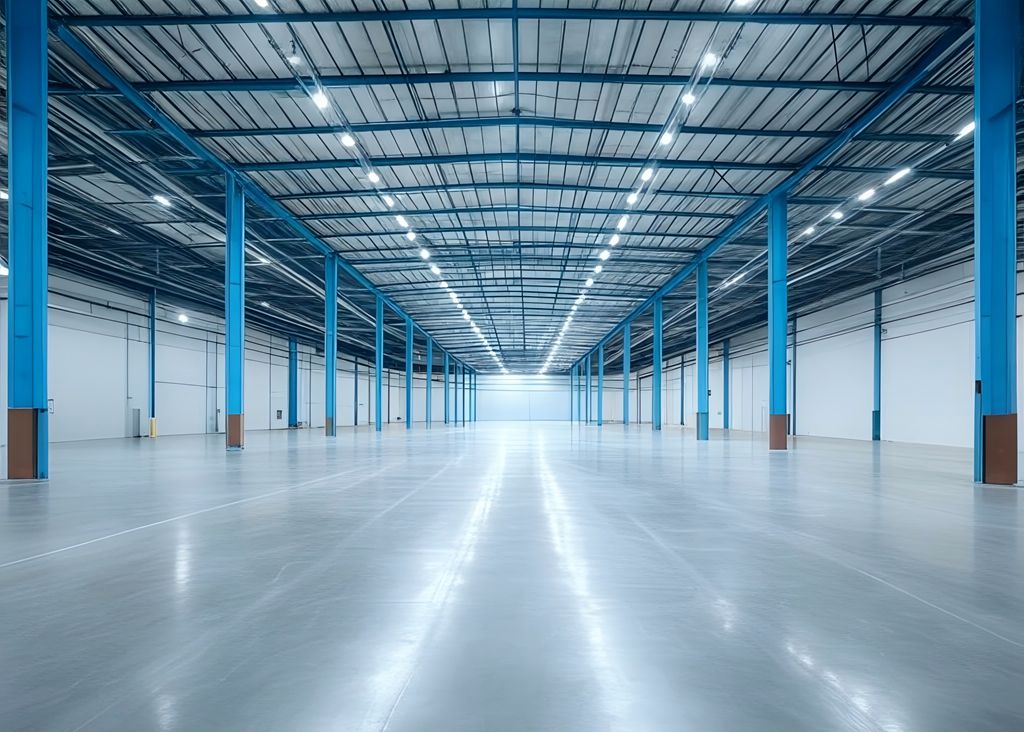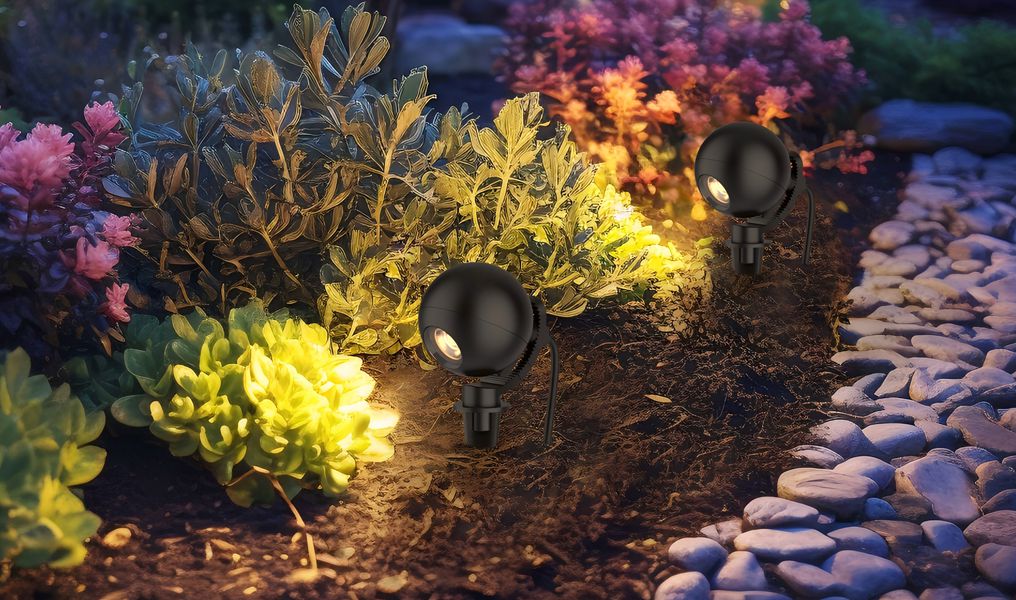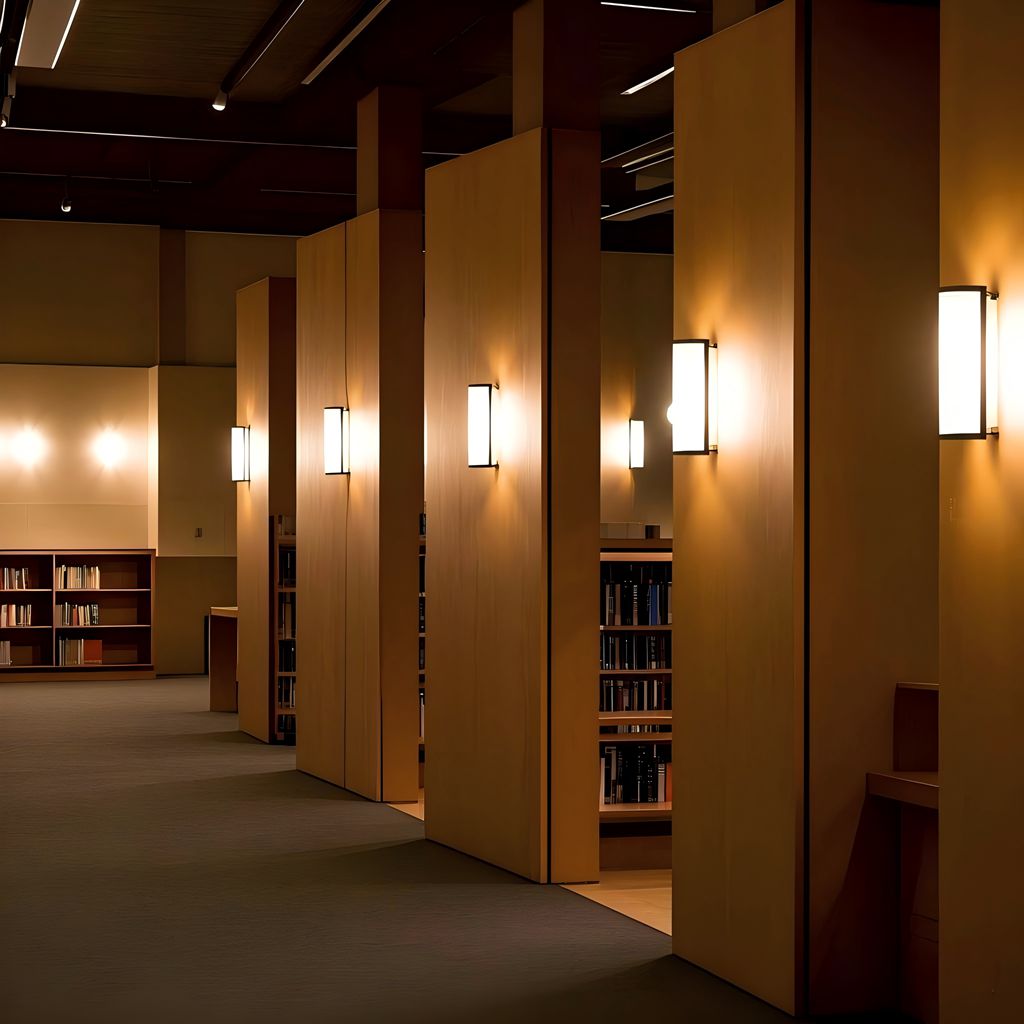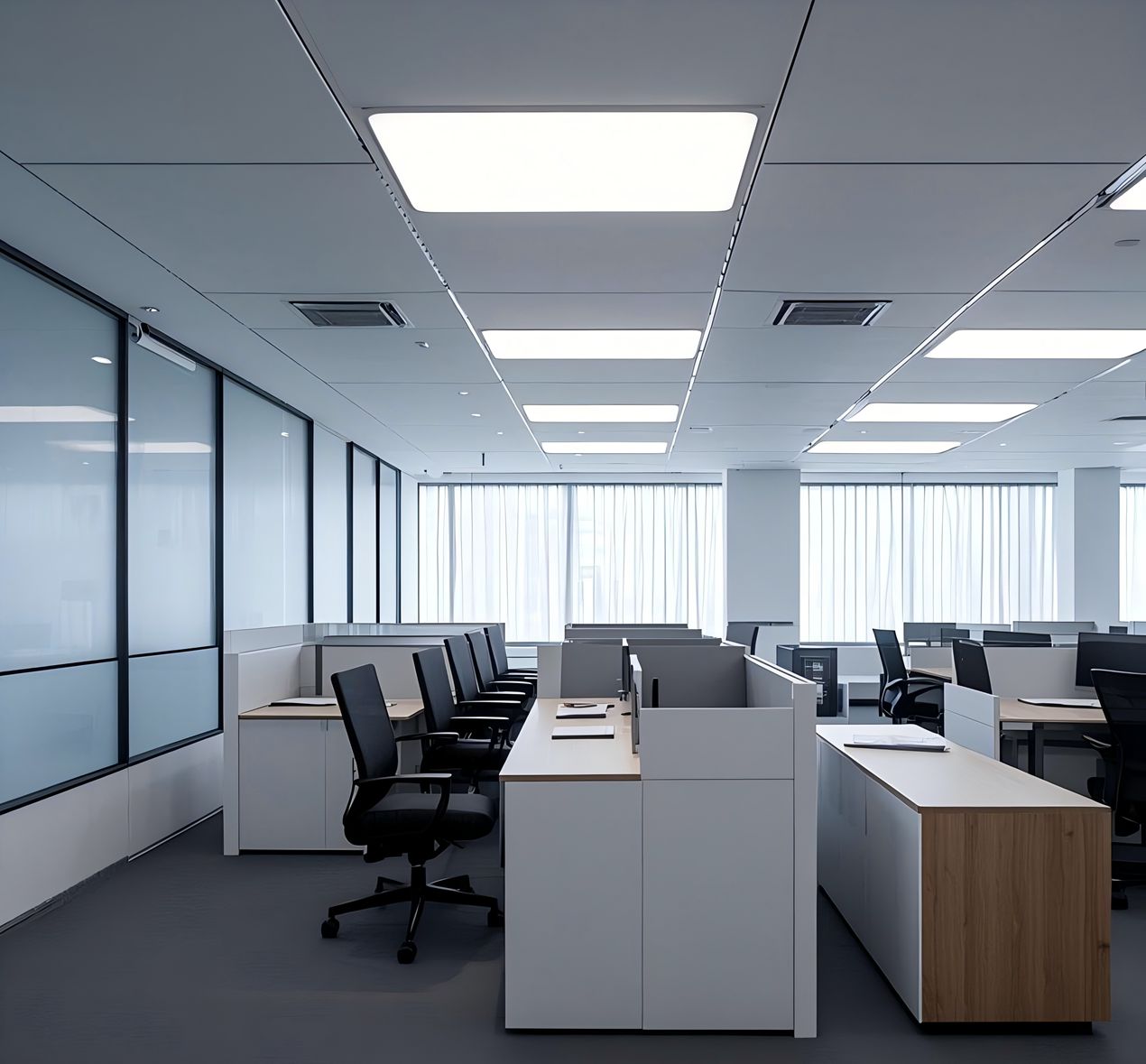Bathroom lighting always requires a set of rules to regulate the overall lighting in the bathroom. The following steps will detail the rules for bathroom lighting.
Requires appropriate anti-corrosion and moisture-proof features
The bathroom is a perennial humid environment. Most bathroom shower fixture manufacturers need GFCI protection in order to obtain UL certification. Lighting fixtures need to be considered moistureproof and waterproof. Fixture materials should have an anticorrosive function because they were in a humid environment for a long time, otherwise lamp is easily corrode.
Different positions require different types of lamps.
For the toilet table, we recommend placing an LED mirror light above the mirror, and the corresponding LED mirror light is highly matched according to the length of the mirror. Mirror lights are essential for makeup and personal hygiene. It belongs to task lighting, meanwhile, the bright light should be not too harsh, and the adjustment of color temperature and lumen value plays a certain role. Since glare and blue light cannot be completely avoided, it is recommended to install two small wall lights next to the mirror, which can not only improve the overall brightness in front of the mirror but can reduce glare.
Above the bath area is preferably a recessed downlight or waterproof strip batten light

In addition, we should set the ground fault circuit, so prevent electric shock accidents. The light switch should be set far away from the area where the sprinkler area. Do not use chandeliers!
Choice of lamps
The main choices are incandescent, halogen, fluorescent, LED bulbs, etc.

Which lamp is selected according to the specific application, the required amount of light (lumens), the color temperature of light, the type of lamp (luminaire), and a directional beam or diffused light source are required.
The initial cost of LED lights is higher, but the later management and maintenance costs are incomparable with incandescent, halogen lamps, and fluorescent lights. LED lights consume less energy, which is in line with the modern social theme of reducing energy waste.


